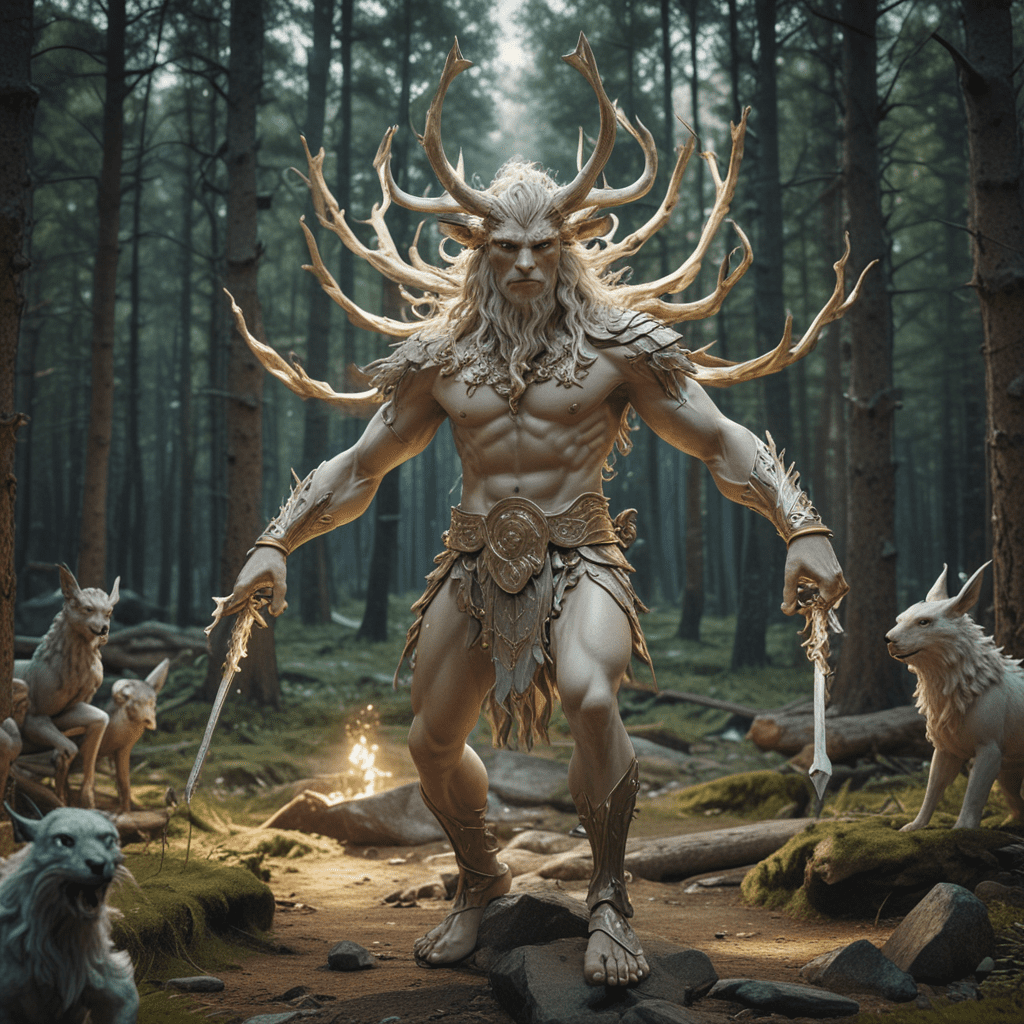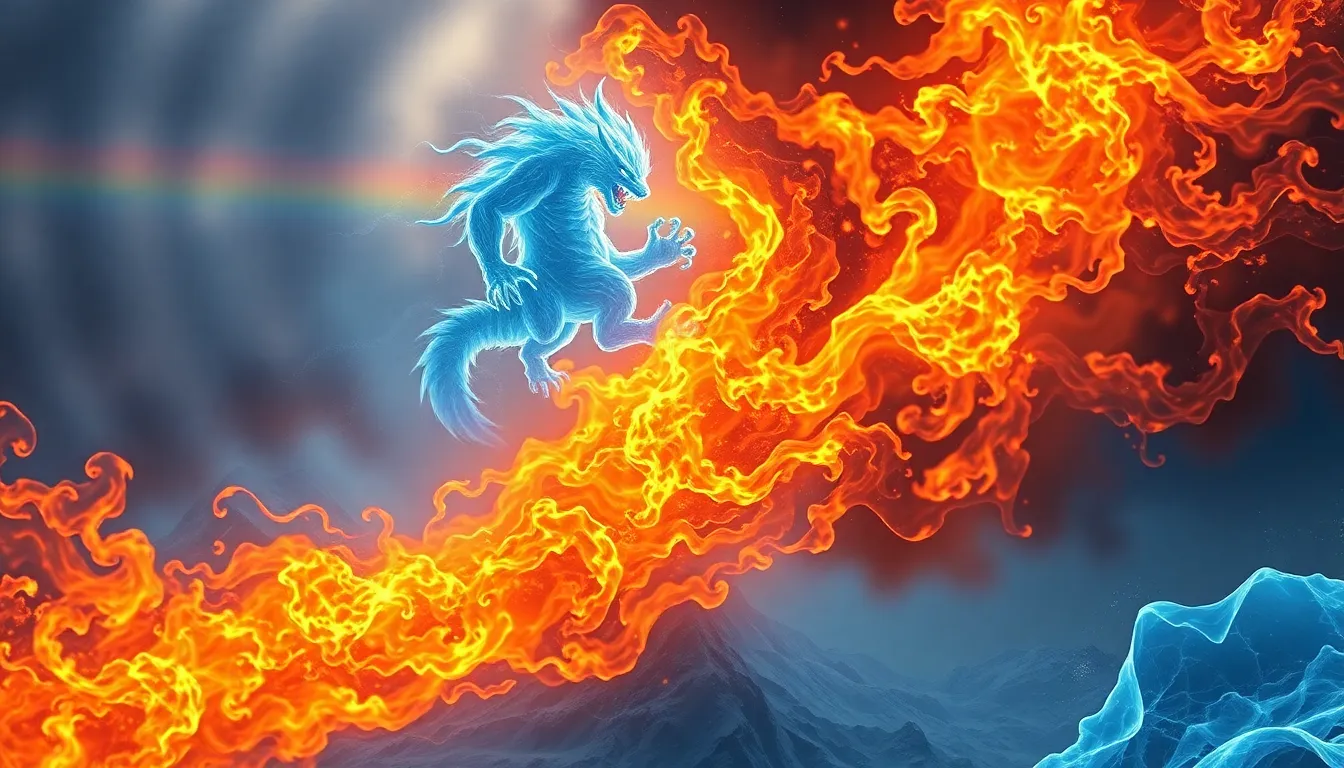Finnish Mythology in Contemporary Society
I. Introduction
Finnish mythology, an intricate tapestry woven with ancient beliefs, captivating stories, and enigmatic figures, has left an enduring legacy on Finnish culture and identity. While its traditional forms continue to captivate, it has also evolved and integrated seamlessly into contemporary Finnish society, finding expression in various spheres of creative endeavor and daily life.
II. Persistence of Traditional Beliefs
Despite the passage of time and the pervasive influence of modernity, traditional Finnish beliefs and practices persist in contemporary society. Animistic notions, the reverence for nature, and the belief in guardian spirits remain deeply ingrained in many Finnish communities. These beliefs manifest in everyday customs, such as leaving offerings for the forest deity Tapio before entering a woodland, or seeking guidance from the sauna spirit, a benevolent protector of bathhouses.
III. Integration into Modern Culture
Finnish mythology has transcended its ancient origins and become an integral part of modern Finnish culture. Contemporary artists, writers, and musicians draw inspiration from its rich symbolism, weaving mythical themes into their creations. Popular culture, including films, television shows, and video games, frequently incorporate elements of Finnish mythology, bringing these age-old tales to new audiences.
IV. Literature and Visual Arts
Finnish literature and visual arts provide a vibrant platform for exploring Finnish mythology. Literary giants such as Elias Lönnrot, the compiler of the epic Kalevala, and Mika Waltari, author of the historical novel The Egyptian, have drawn inspiration from Finnish myths. In the realm of visual arts, painters like Akseli Gallen-Kallela and Hugo Simberg have immortalized mythological figures and scenes in their captivating works.
V. Film and Television
Finnish cinema and television have played a significant role in popularizing Finnish mythology. Films like The Unknown Soldier (1955) and The White Reindeer (1952) have showcased the influence of mythology on Finnish history and culture. Television series such as The Shadow Line (2011) and Bordertown (2016) have incorporated mythological elements into their storylines, capturing the imagination of viewers both in Finland and abroad.
VI. Music and Dance
Finnish music and dance draw heavily on mythological themes. Folk songs narrate ancient tales and legends, while traditional dances echo the rhythms and movements of mythical beings. Contemporary Finnish musicians, such as the folk metal band Korpiklaani and the electronic music producer Sasu Ripatti, incorporate traditional Finnish instruments and melodies into their compositions, creating a unique blend of modern and ancient sounds.
VII. Tourism and Heritage
Finnish mythology has transformed into a significant tourism asset. Historic sites associated with mythological characters and events, like the Sampo Stone in Rauma and the Kalevala Village in Kuhmo, attract visitors eager to connect with Finnish cultural heritage. The preservation and revival of traditional crafts, such as wood carving and metalworking, further showcase the enduring presence of mythology in Finnish society.
VIII. Identity and Belonging
Finnish mythology plays a pivotal role in shaping Finnish identity and fostering a sense of belonging among its people. The shared stories, beliefs, and traditions provide a cultural foundation that binds Finns together. The celebration of traditional festivals like Midsummer and Christmas incorporates mythological elements, reinforcing the connection between past and present generations.
IX. Cultural Appropriation and Authenticity
The growing interest in Finnish mythology has raised concerns about cultural appropriation and authenticity. Critics argue that the commercial exploitation of mythological symbols and motifs could potentially disrespect and distort Finnish cultural heritage. There is a need for sensitivity and respect when incorporating traditional elements into contemporary works, ensuring that they are used appropriately and accurately.
X. Future Perspectives
Finnish mythology continues to evolve and adapt, remaining a vibrant and relevant force in contemporary society. As technology advances, new platforms emerge to explore and share mythological narratives. Virtual reality and augmented reality experiences could offer immersive ways to interact with these stories and legends. The ongoing dialogue between traditional and modern interpretations ensures the perpetuation of Finnish mythology as an integral part of the Finnish cultural landscape.
FAQ
Q: Is Finnish mythology still relevant today?
A: Yes, Finnish mythology continues to inspire and influence various aspects of Finnish culture, from literature and arts to tourism and identity formation.
Q: How does Finnish mythology manifest in modern Finnish culture?
A: Finnish mythology is integrated into contemporary Finnish society through literature, visual arts, music, dance, film, and television. It also plays a role in shaping Finnish identity, tourism, and the preservation of cultural heritage.
Q: How can we ensure the respectful and authentic use of Finnish mythology in contemporary works?
A: Cultural sensitivity and respect are crucial. Engaging with Finnish mythologists and cultural experts can help ensure the appropriate and accurate representation of mythological elements.
Q: What does the future hold for Finnish mythology?
A: Finnish mythology is expected to continue evolving and adapting to modern contexts. Innovations in technology may create new opportunities for experiencing and sharing these ancient tales. The ongoing dialogue between tradition and contemporary interpretations will shape its future trajectory.



